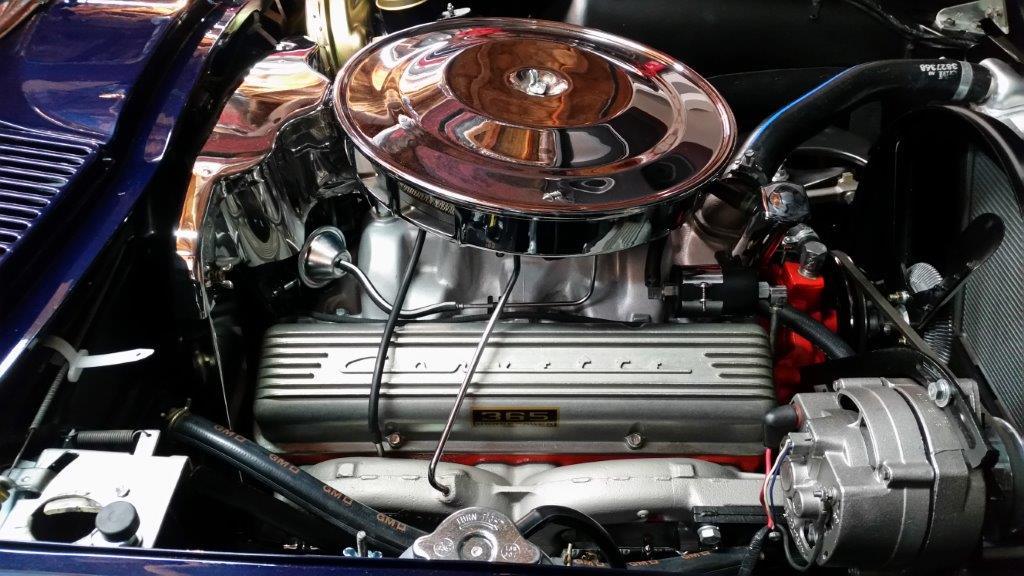1964 – 1965 L76 Corvette Engine Ultimate Guide
Classic Chevrolet cars and small-block engines go hand-in-hand, forever as intertwined as baseball and hot dogs. Chevy’s storied small-block legacy dates back more than 50 years, all the way to the infancy of the now-legendary horsepower wars. The 265 cubic-inch small-block served as the genesis of such efforts and a jumping-off point for successive developmental steps.
Chevrolet spent the following decade perfecting their earlier small-block, which eventually grew in displacement and became a testbed for early fuel injection technology. Further progress was made in 1964, with the release of the L76 V8. This potent small block proved quite reliable while dishing out more than enough horsepower to earn its keep.
No Subscription? You’re missing out
Get immediate ad-free access to all our premium content.
Get Started



